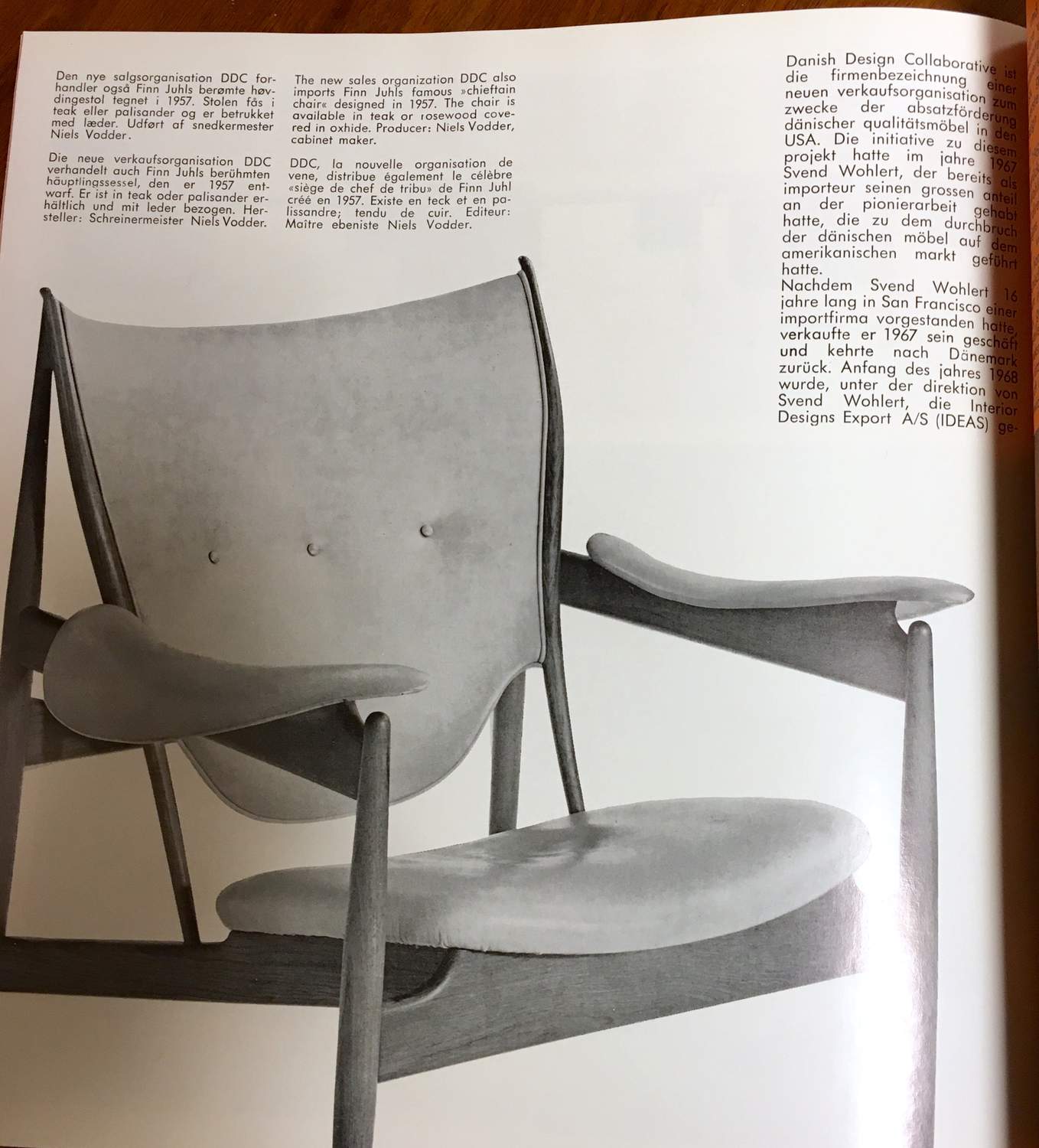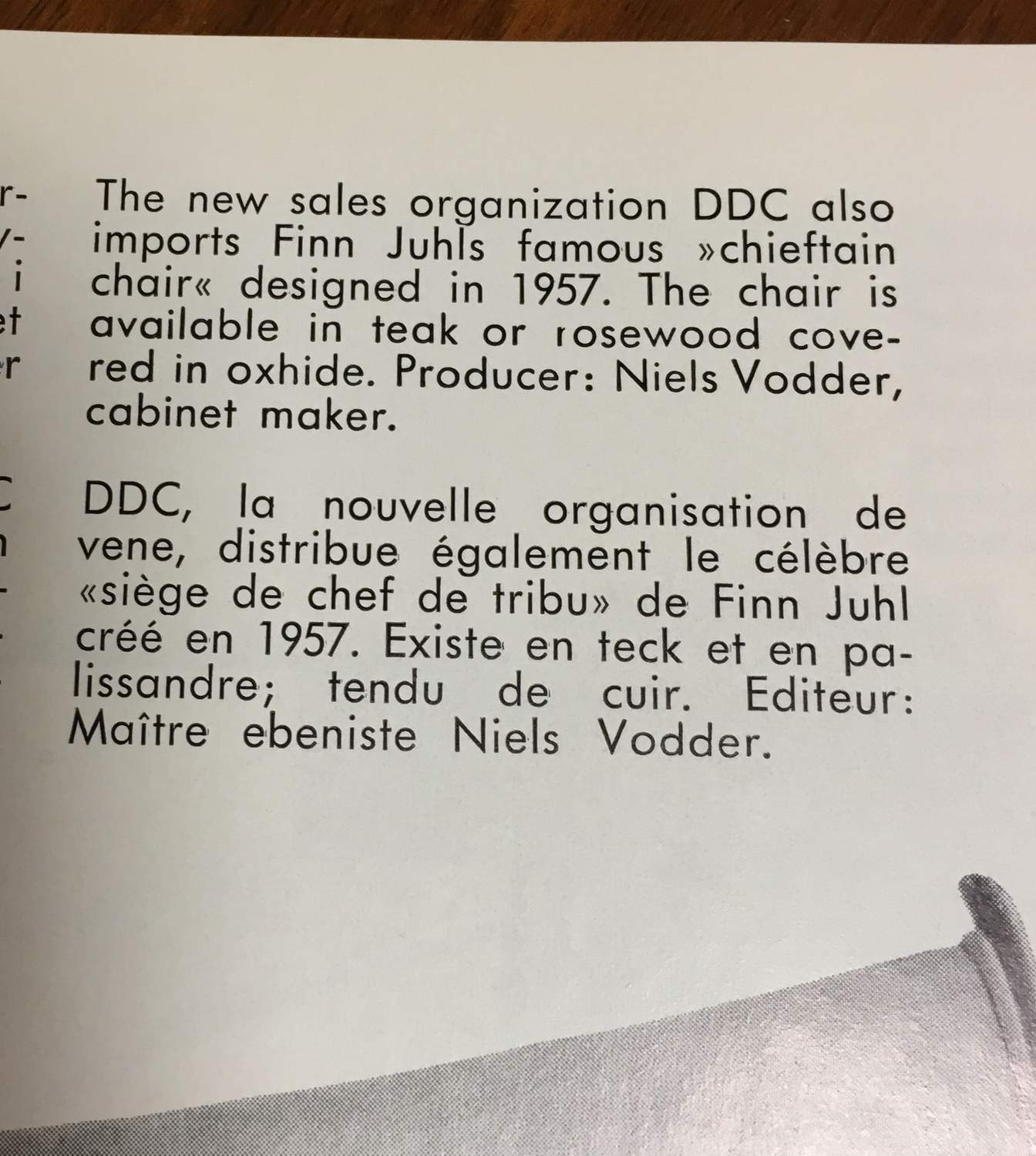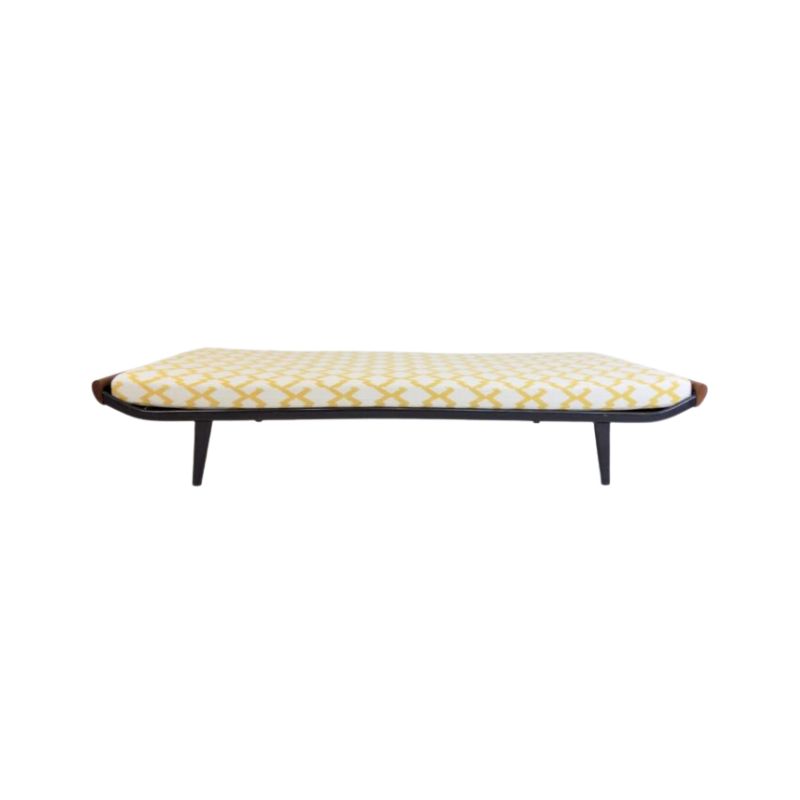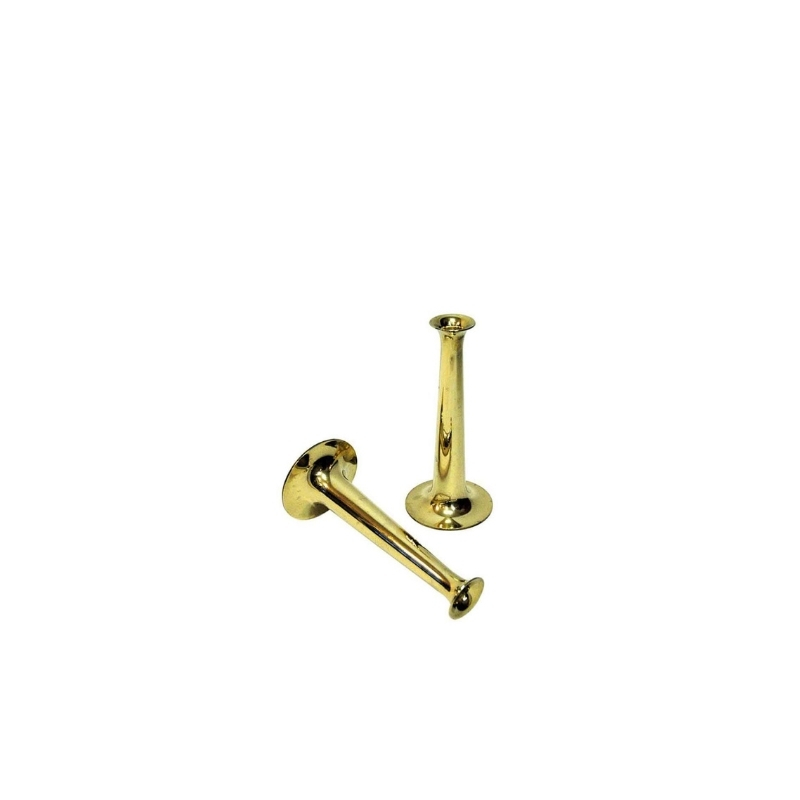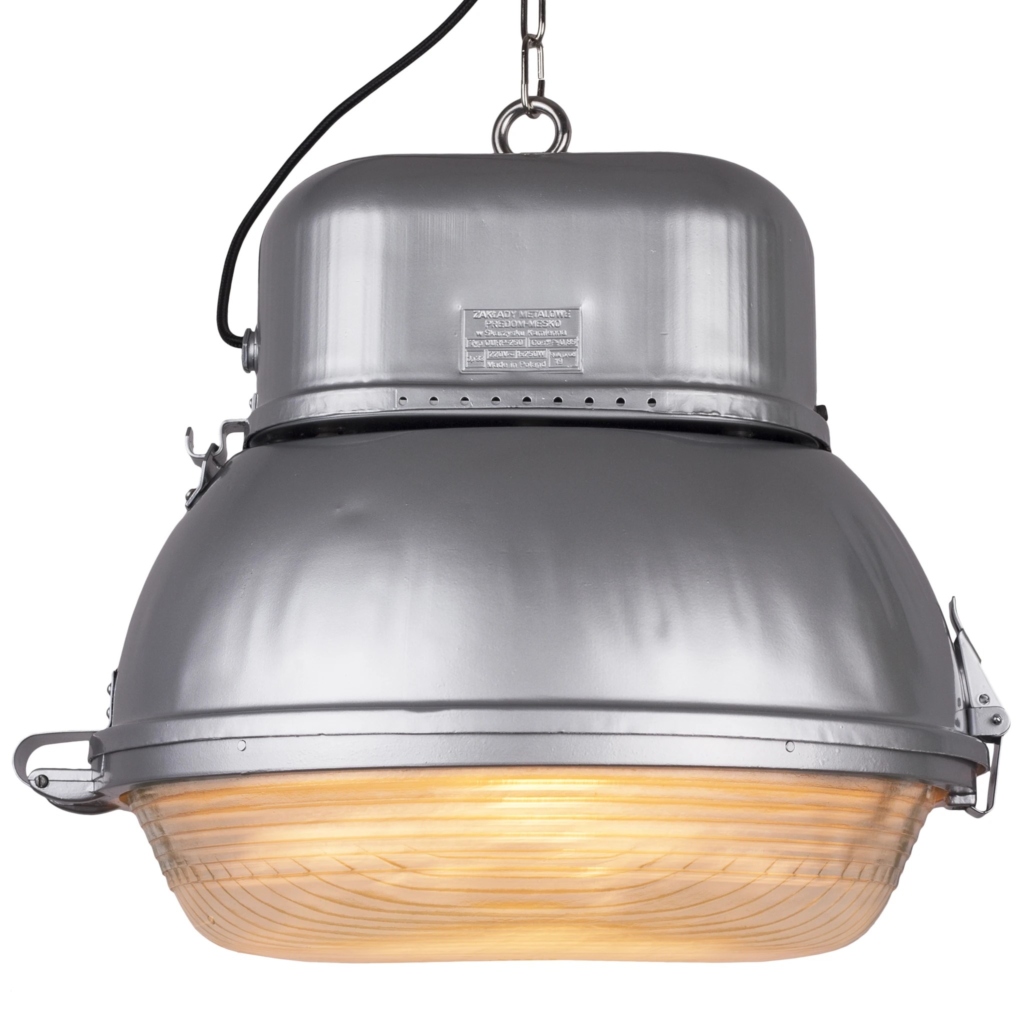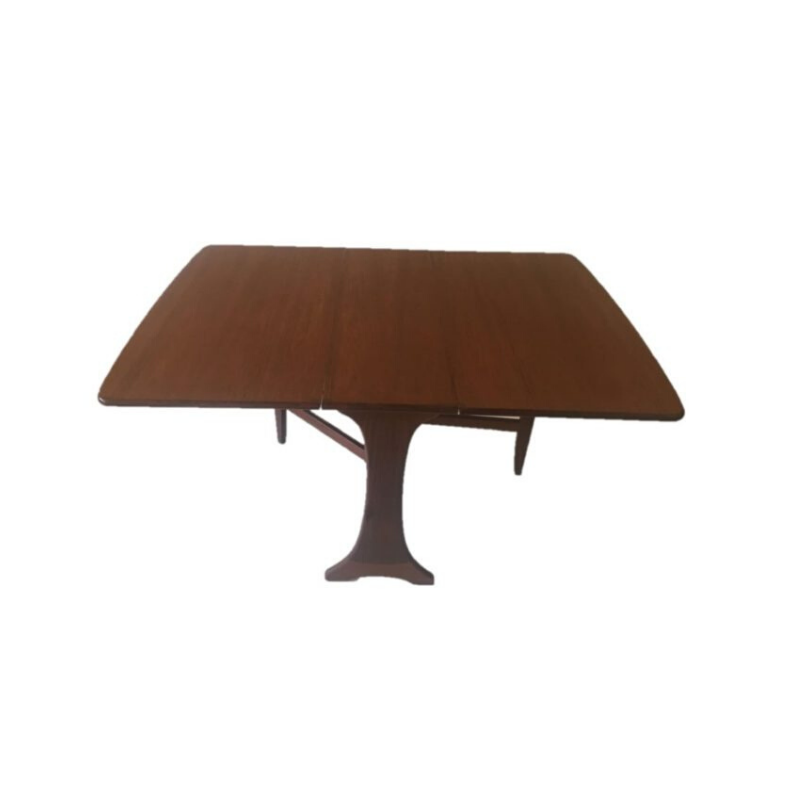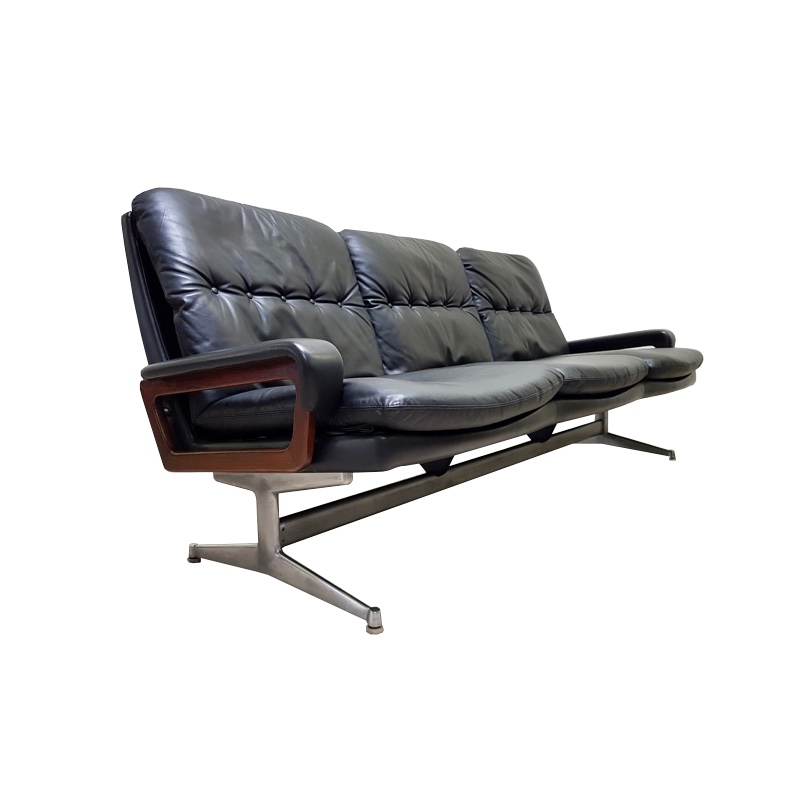On a sidenote, here is a 1955 picture from Finn Juhls personal office with the Cheiftain among others.
i also last night looked through some Mobilia magazines and in a 1967 or 1968 copy there was an article saying that Juhl/Vodder had a salesagent in the US by that point Can dig up the name iif you want to know
On yet another sidenote i dont think the comparison with the Wegner Papa bear chair and ottoman was a good one since that ottoman was an independant design and not originally paired with the Papa bear.
Interesting. I wonder why they got the year that the Chieftain was designed so completely wrong? Typo?
And I have never seen any information about when Niels Vodder closed his shop, but I have enough information to know that it could not have been much after this.
It looks like the text says something about Svend Wohlert? (SW was a danish modern retailer in San Francisco).
The folding chairs referred to in the letter:
https://www.skinnerinc.com/auctions/2531B/lots/541
Those literally are the chairs.
This is going to be a long explanation, so let’s start at the beginning. This story is all about the Georg Jensen Sølvsmedie and how it did business in the USA. In 1922 Frederik Lunning was sent to the USA to see about opening up the market to Georg Jensen’s design. In 1923 Lunning acquired the exclusive right to sell the silver from Georg Jensen’s Sølvsmedie for the USA sales territory. The contract said that Georg Jensen and Georg Jensens Sølvsmedie would not sell any jewelry within the USA nor sell to any persons or firms for resale in the USA, nor do anything to prejudice Lunning’s rights.
Effectively, Lunning was the independent and exclusive dealer for Georg Jensen Sølvsmedie in the USA. And Lunning store was the Georg Jensen store on 5th Ave in New York.
Lunning was successful, and Georg Jensen and the directors of the company, P.A. Pedersen and Thorolf Møller noticed and their retail company by the name of Jensen & Wendel started advertising a mail order business in the USA for buyers to send their money to Copenhagen and have their silver shipped. The silver was marked very similarly to the silver that Lunning sold in New York.
Lunning registered the Georg trademark in the USA in order to stop these mail order purchases at customs. There was of course a lawsuit to attempt to evade Lunning’s trademark record at the ports so as to continue mail order selling. More detail is here: http://www.leagle.com/decision/1940280111F2d169_1219
Georg Jensen, P.A. Pedersen and company spent many words insisting that they were not violating their contract by offering to sell, selling, and shipping silver direct to purchasers in the USA. In 1940, Lunning ultimately prevailed because he owned the right to use the Georg Jensen mark in the USA. The mark that the mail-order silver was using was deemed too confusing for concurrent use with the mark Lunning had registered. So the silver would have had to come in unmarked. And Georg Jensen, P.A. Pedersen and company knew that buyers would not buy unmarked silver, so that effectively ended Jensen & Wendel’s mail-order loophole business.
In 1937, Anders Hostrup-Pedersen, who was the son of one of the owners of the various Georg Jensen companies (P.A. Pedersen who died in 1937), became the director of Georg Jensens Sølvsmedie. So he was very much part of this mail order evasion. The lawsuit was not settled until 1940, and it was his family’s business going back to at least the 1920s. He was a life-long personal friend of Finn Juhl. Ultimately Finn Juhl would become Georg Jensen’s official architect, designing and re-designing the Georg Jensen stores around the world, including, of course, Frederik Lunning’s store in New York.


If you need any help, please contact us at – info@designaddict.com


